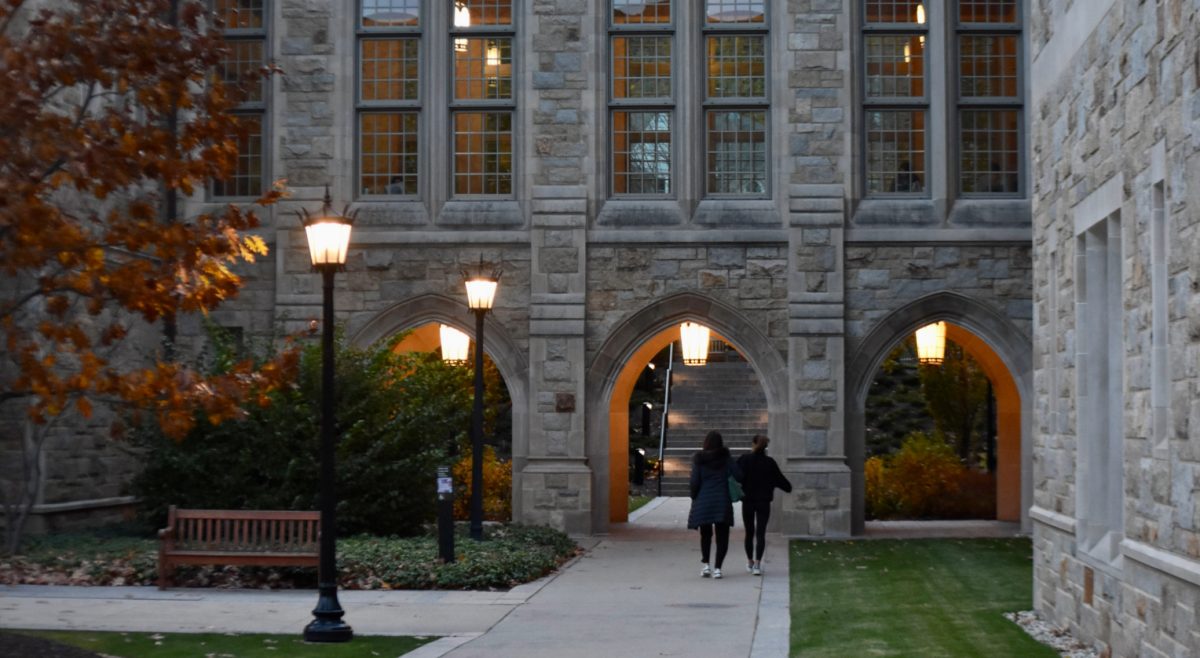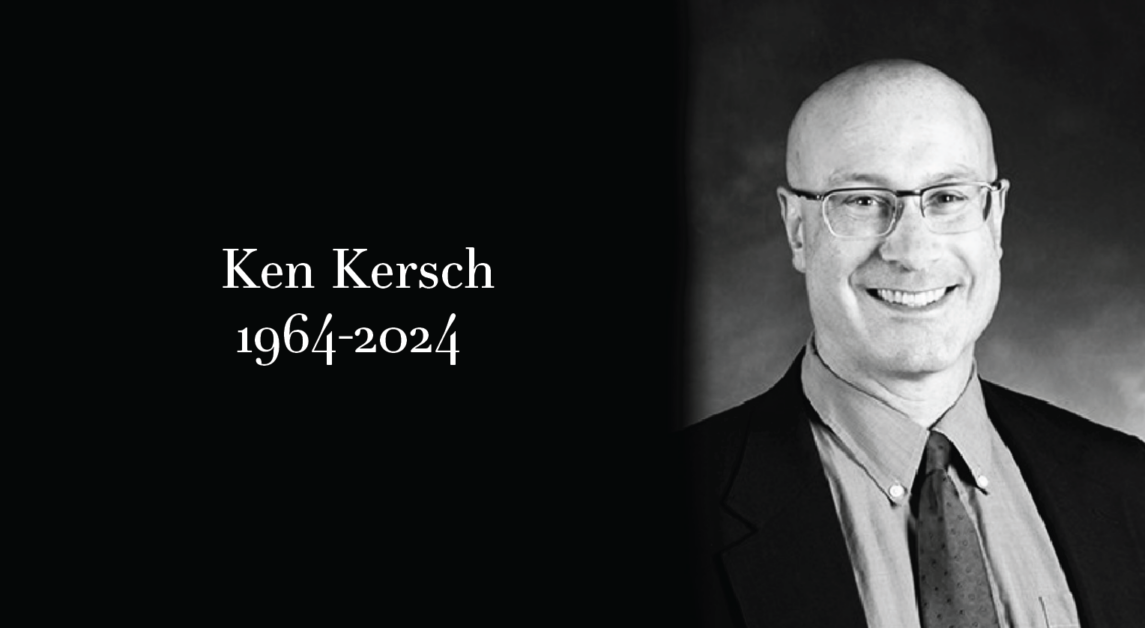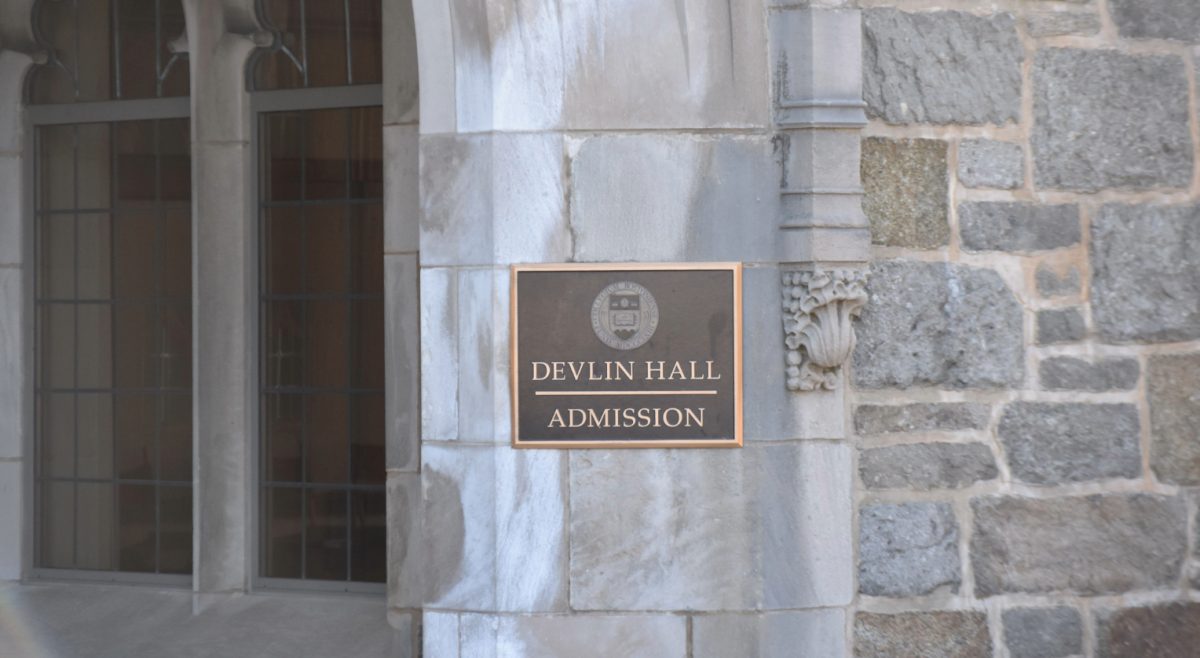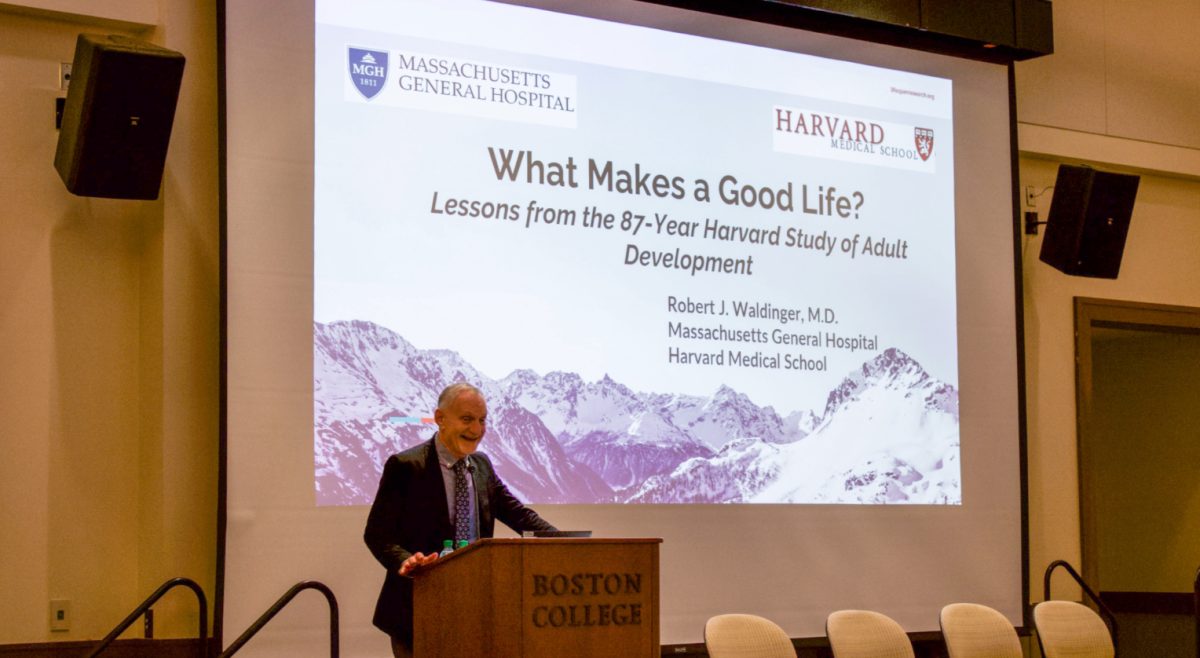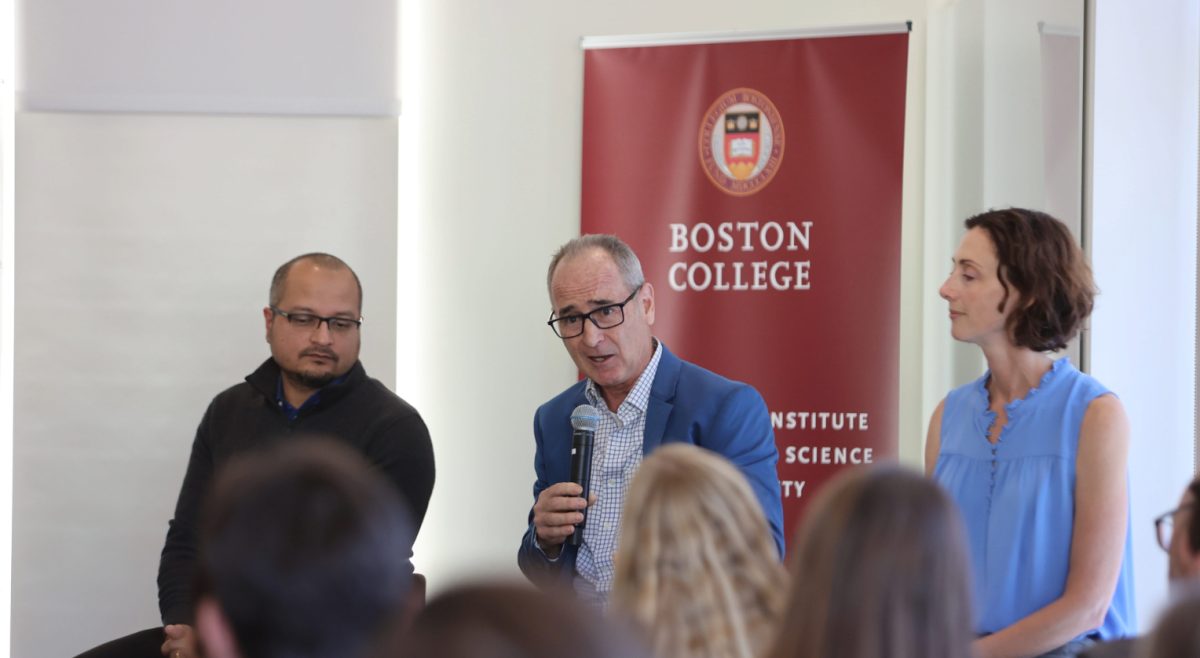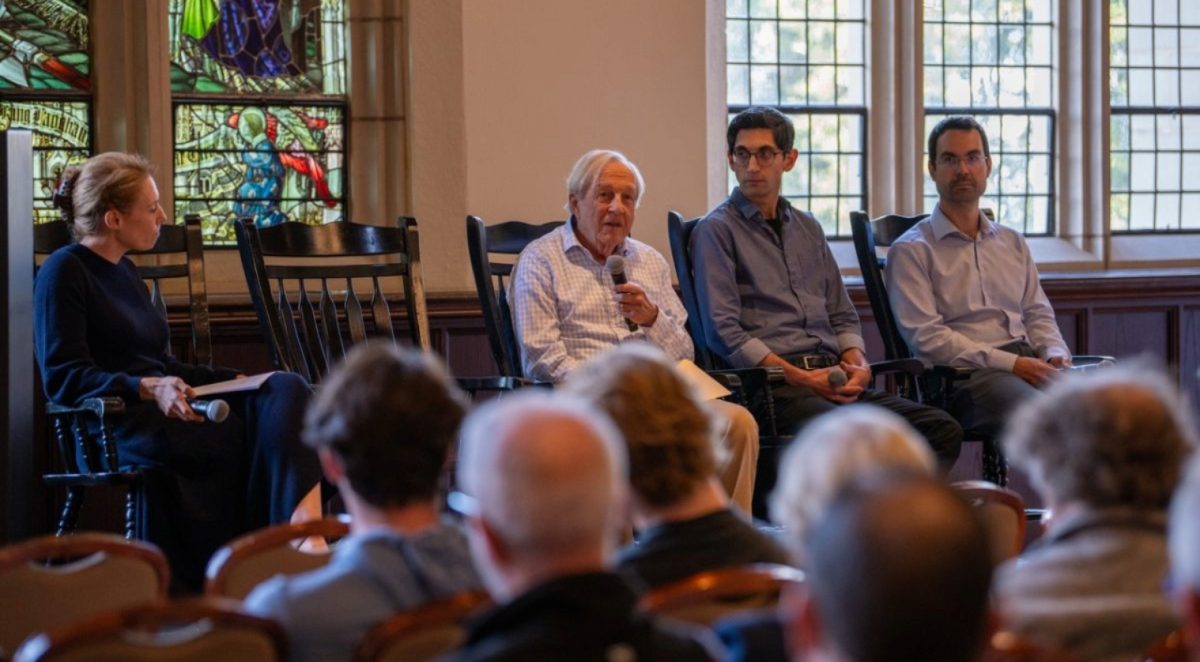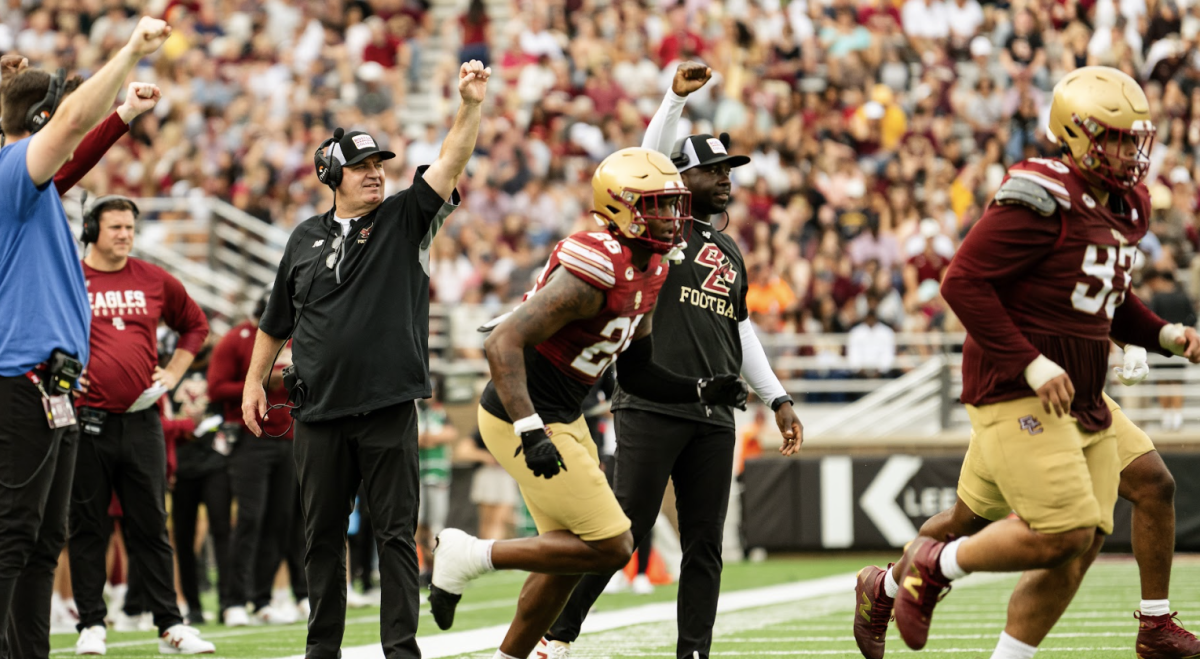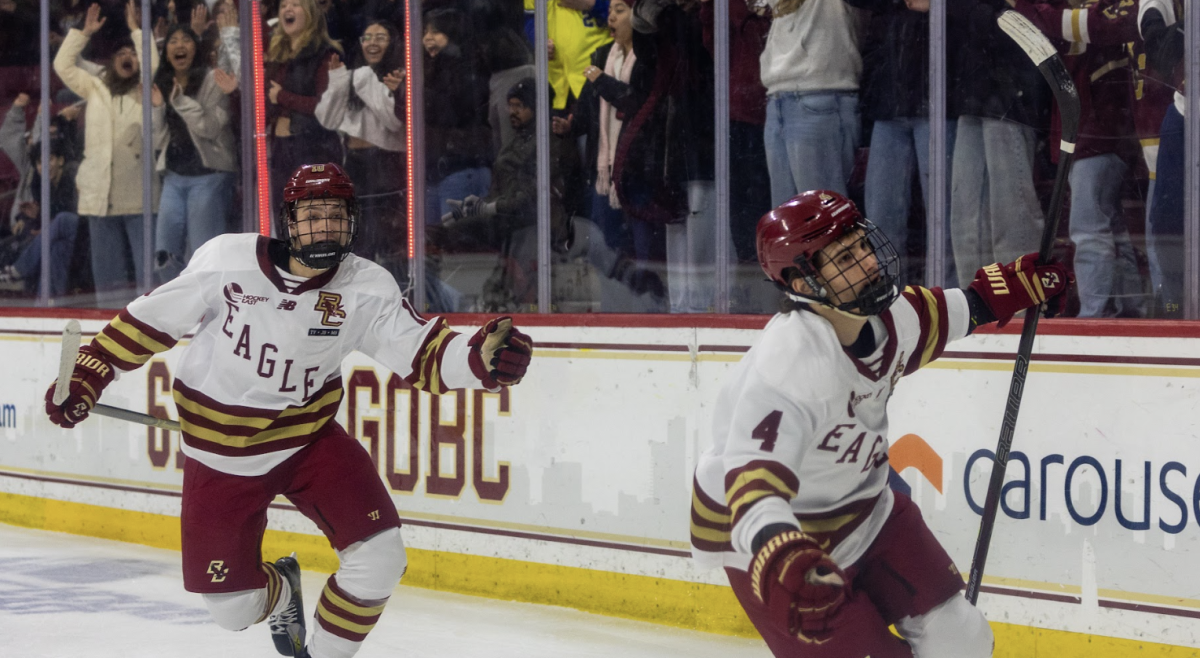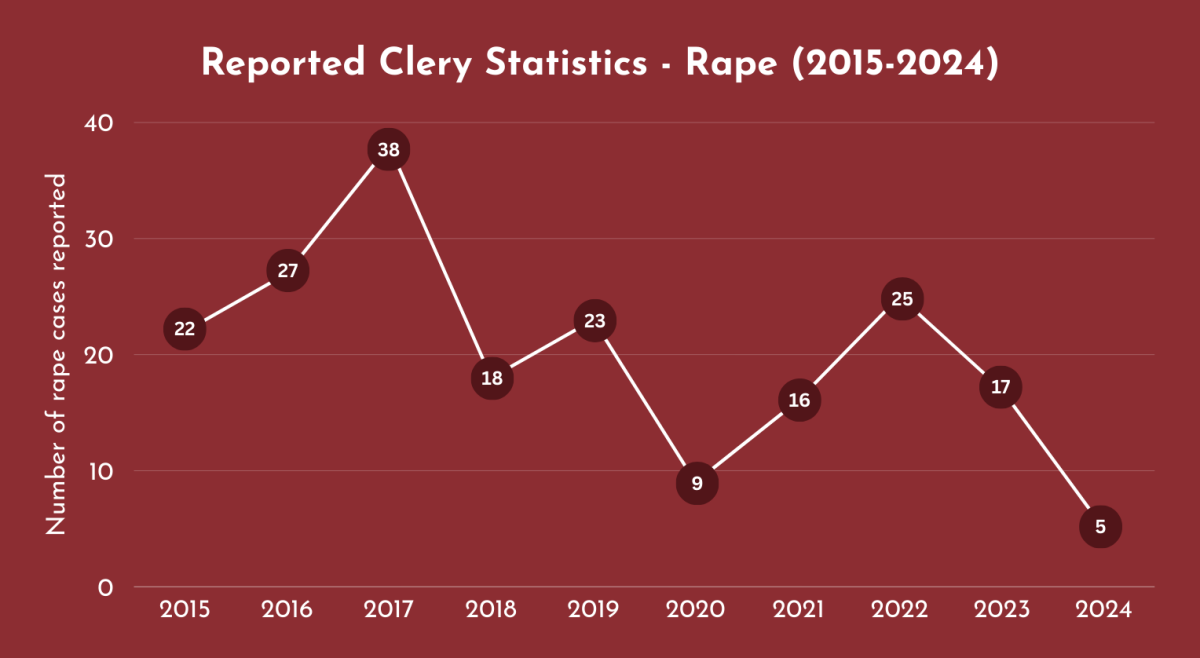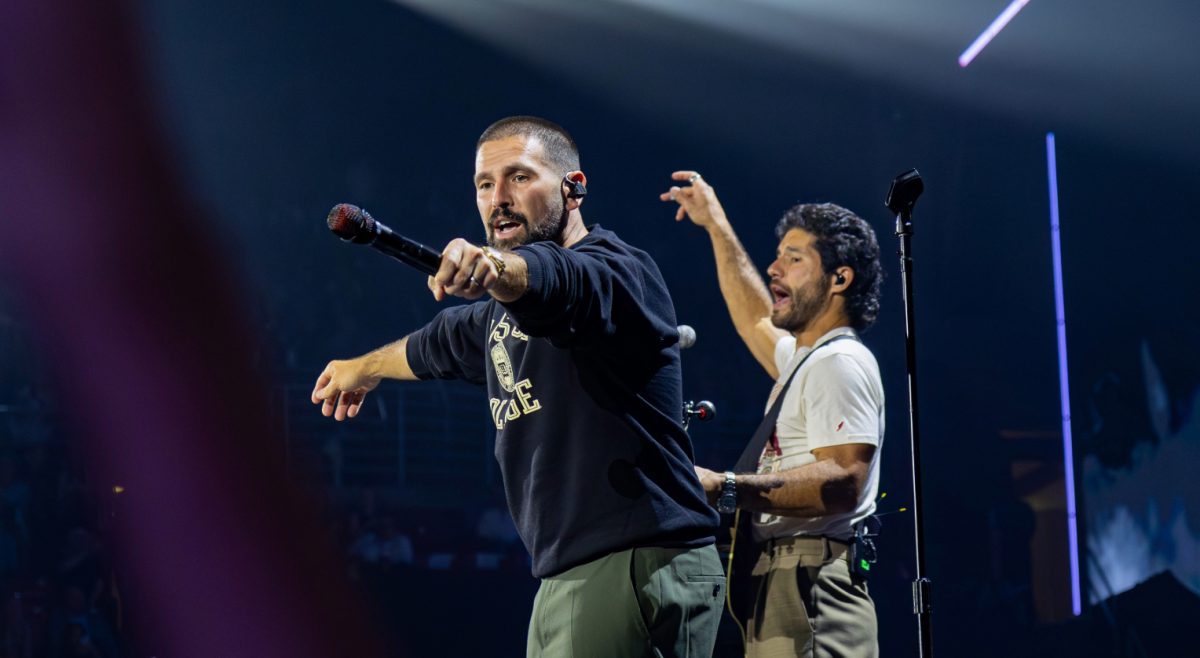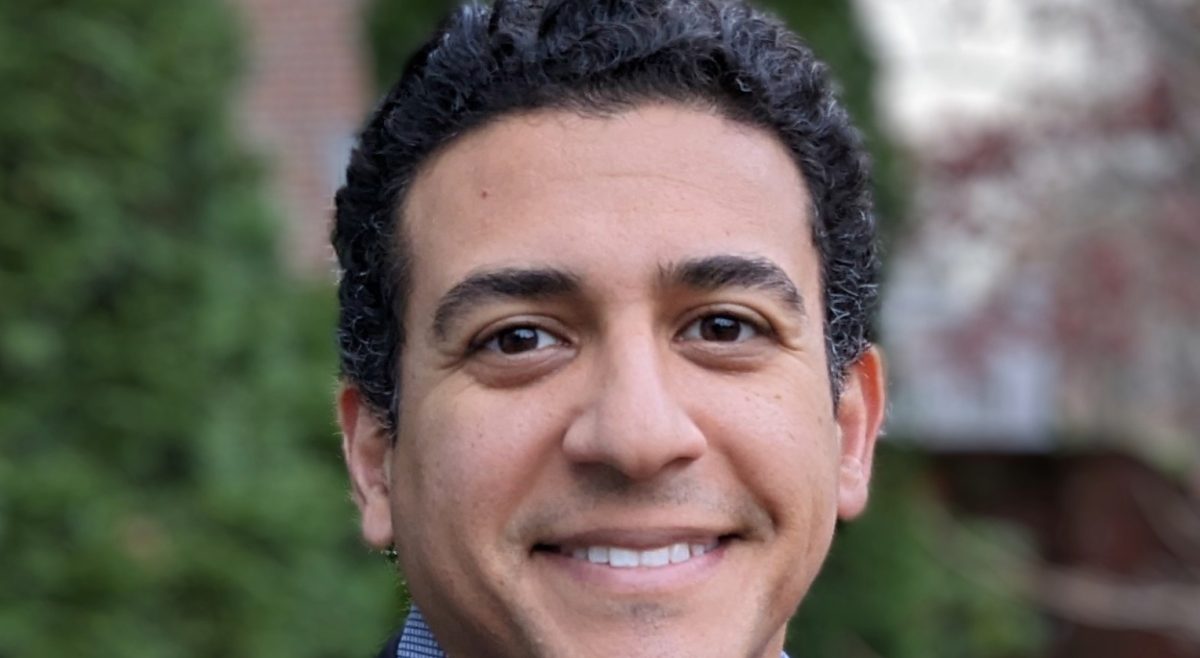Recently released court proceedings pertaining to the overturning of a Boston College student’s suspension in late August revealed the number of investigations surrounding sexual assault allegations conducted at BC since 2011. The summary, presented in the testimony of Associate Dean of Students Corey Kelly, was split into two sections to reflect a change in the University’s conduct process.
In the fall of 2014, BC, which previously used a five-person Administrative Hearing Board to review sexual assault allegations, opted to instead utilize a single investigator or a pair of investigators to determine responsibility. It has followed that disciplinary procedure since.
From August 2011 to May 2014, with the original disciplinary procedure in place, the University investigated nine male BC students accused of sexual assault—seven were found responsible, one was found not responsible, and one received a “no finding” determination (77.8 percent of accused students were found responsible). Following the 2014 change in
Only male students at BC have been accused of
In the case of the student’s suspension reversal from this summer, BC originally suspended the student, “John Doe,” on June 18 after finding him responsible for sexual assault in violation of the University’s Sexual Misconduct Policy. In November 2018, another BC student, “Jane Roe,” informed Student Title IX Coordinator Melinda Stoops that Doe had engaged in a non-consensual sexual encounter with Roe while she was intoxicated. The University denied Doe’s appeal to this ruling on July 24.
But on Aug. 20, presiding Judge Douglas P. Woodlock ordered BC to allow Doe—noted as a student-athlete in a document submitted by his legal team—to register for classes and participate in all University activities, according to his order of preliminary injunction. BC filed an appeal of that decision on Aug. 28—the transcript of this hearing has not yet been released.
Woodlock criticized the University’s investigator-based model, ultimately suggesting that its setup violated Doe’s fight to a fair process. He said that the lack of a real-time cross-examination or equivalent process in BC’s investigative model deprived the accused student of fundamental fairness. Woodlock also stated that the lack of clarity surrounding the role of the Dean of
The Administrative Hearing Board model, which BC used prior to 2014 and operated through the Dean of Students office, began with a pre-hearing investigation of the allegations. This investigation included a review of statements obtained from either party, interviews with the complainant and the accused, interviews with appropriate witnesses, and a review of other relevant information.
Administrative Hearing Boards were composed of three administrators, one faculty member or academic administrator, and one student, according to the 2012-13 Student Guide. All board members were trained by the Office of the Dean of Students. One member was designated by the Dean of Students Office as chairperson.
During hearings, both the complainant and the accused student could bring an advisor and witnesses, although the advisor could not address the board or formulate specific responses for the student. Live witnesses were limited to those who could speak to the facts that they personally witnessed but character witnesses could submit written statements.
The board would question the testimony of both parties and each witness, as well as examine the presented evidence. Notably, both the complainant and the respondent would have an opportunity to ask questions of each other and of witnesses through the chairperson of the board. At the conclusion of the hearing, both parties could make final statements.
After the hearing, the panel would deliberate and rule one of four findings: responsible, not responsible, no finding, or responsible for a lesser charge. In cases of a “responsible” finding, the panel could recommend sanctions up to and including suspension or dismissal from the BC. Students could appeal on the basis of an unfair proceeding or the appearance of new evidence that would likely change the outcome of the hearing.
The University switched to an investigative model in 2014 to align with regulatory guidance from the federal government, according to Heights reporting from October 2014. This model, which is still in place, uses an expert internal investigator, with the option of an additional external investigator available, according to BC Student Sexual Misconduct Policies since 2014.
Under the current investigative model, both the complainant and the respondent can offer testimony, present evidence, and name witnesses, just as before. Unlike the hearing board model, the investigators meet with the parties and their advisers alone.
At the time of the change, administrators in charge of the conduct system said that the switch would make the process less adversarial for the student reporting sexual misconduct, according to Heights reporting.
Both the respondent and the complainant have the opportunity to review and comment on written summaries of their own interviews. At the end of the process, both parties can review the full collection of evidence and provide comments, which the investigators take into account before writing their final summary.
There is no formal process by which the complainant and the respondent can suggest lines of questioning for the other party, as they could through the hearing board chairperson.
In court documents defending the investigatory model, BC said that accused students are afforded the opportunity to review the evidence and raise concerns about evidence and testimony.
After that comment period, the investigators then send a summary of the investigation, their findin with respect to responsibility, and an explanation of their rationale. From fall 2014 to spring 2019, the Dean of Students Office and the Student Title IX Coordinator received the investigatory report “for their review and approval,” according to the 2018-19 Student Sexual Misconduct Policy.
This year’s policy, however, declares that the Office of Student Conduct and the Student Title IX Coordinator must review the report to “verify that the investigation was conducted in accordance with [the Student Sexual Misconduct Policy] and that the report adequately outlines the basis for the investigator’s findings.”
Stoops said in an email to The Heights that the University revises the policy every summer.
The University also expanded upon the definition of consent when it switched to the investigatory model. The 2012-13 Student Guide said that “active consent” is needed to engage in sexual activity but devoted comparatively less space to defining the concept than the post-fall 2014 editions. The 2012-13 guide said that consent is “informed, freely and actively given, mutually understandable words or actions that indicate a willingness to participate in a mutually agreed upon sexual activity.” It also noted that consent cannot be given by minors; those incapable of giving informed consent due to drug or alcohol consumption; or unconscious, unaware, or physically helpless people.
The 2012-13 guide did not provide a definition for incapacitation.
Student Sexual Misconduct Policies since the fall of 2014 have added to both terms. The 2014-15 policy defined consent as words or actions that clearly indicate voluntary agreement to engage in sexual activity, and noted that it should be freely informed, actively given, and ongoing. Like previous years, it made added points about age, intoxication, and physical helplessness, but also included that individuals who are “blacked out” or have mental, intellectual, or physical disabilities cannot give consent.
The 2014-15 policy offered a formal definition for incapacitation, which it said is “ the inability to make informed, rational judgments and decisions.” It also provided an additional set of requirements for alcohol- and drug-induced incapacitation.
“If alcohol or drugs are involved, incapacitation may be measured by evaluating how the substance affects a person’s decision-making capacity, awareness, and ability to make informed judgments,” the 2014-15 policy said. “The impact of alcohol and drugs varies from person to person; however, warning signs of possible incapacitation include slurred speech, unsteady gait, impaired coordination, inability to perform personal tasks such as undressing, inability to maintain eye contact, vomiting, and emotional volatility.”
Until this year, new policies made no changes to the definition of consent but did add more information about how the University would assess accused students’ responsibility in situations involving alcohol and drug-induced incapacitation.
“The perspective of a reasonable person will be considered in the University’s determination of whether a person knew, or reasonably should have known under the circumstances, whether the other party was incapacitated” the 2018-19 Student Sexual Misconduct Policy said. “Being intoxicated or incapacitated does not diminish one’s responsibility to obtain consent and will not be an excuse for sexual misconduct.”
The 2019-20 Student Sexual Misconduct Policy added that consent is needed before sexual contact as well as sexual activity, an expansion of previous years’ passages. It also amended the definition of consent to say that ambiguous situations require the person initiating sexual activity reaffirm that the act is consensual.
The current policy also includes additional markers of incapacitation, including a list of several questions that an intoxicated person would not be able to answer.
Featured Image by Jonathan Yee/Heights Editor




